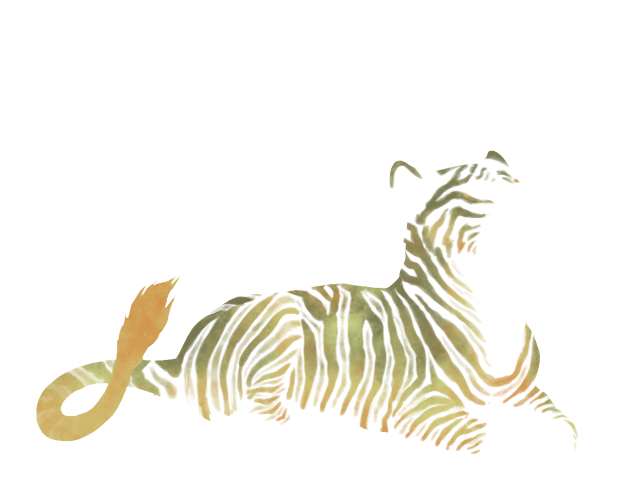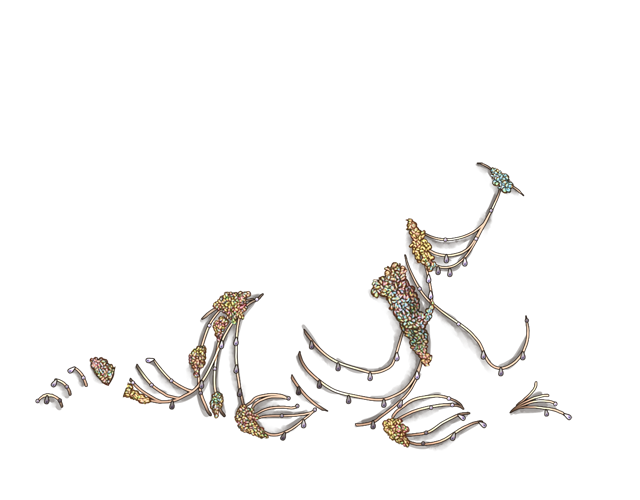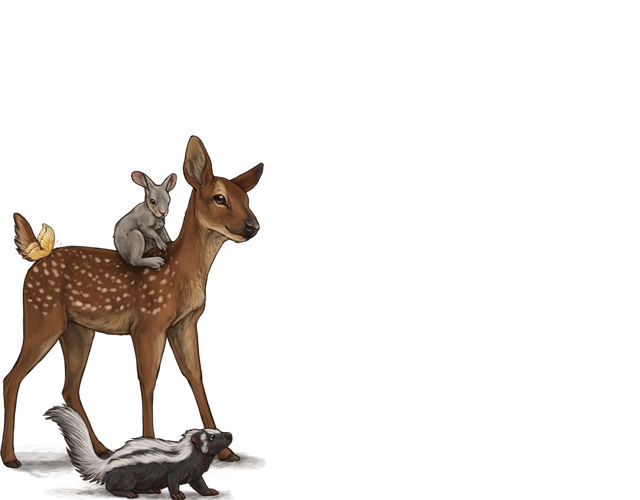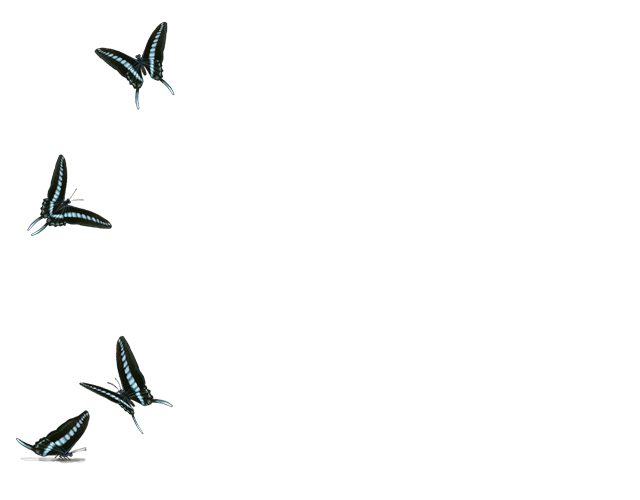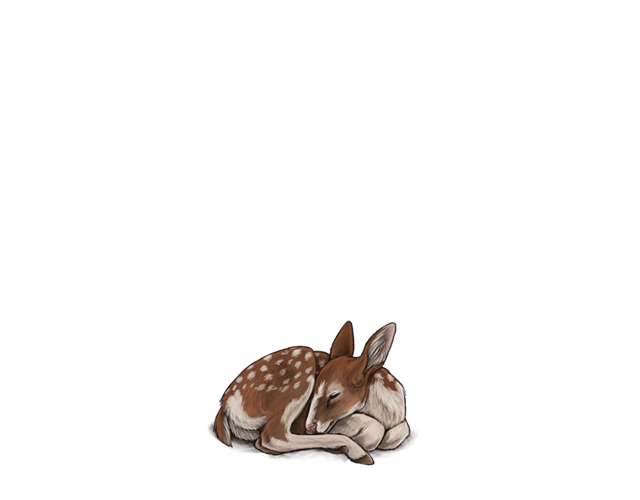|
You drop 150 silver beetles before the scrying stone.. And the markings are revealed to be... White Tail Spotting (Slot 11), Proteles Scarce Ginger (Slot 14), Bone Eyebrows (Slot 17), Royal Soft Unders (Slot 18), Leg Spotting Strong Noctis (Slot 19), Quartz Shimmer (Slot 20).
Her decor cost 177EE
————————————————Story line———————————————
Goddess of: Women, marriage, and childbirth
Symbols: Pomegranate, lily, cow, cuckoo, lutus, and peacock
Parents: Cronus and Rhea
Children: Ares, Eris, Hebe, Eileithyia, and Hephaestus
Spouse: Zeus (also her brother)
Abode: Mount Olympus
Roman name: Juno
Hera is a goddess in Greek folklore and one of the Twelve Olympians. As the spouse of Zeus, Hera was viewed as the sovereign of Mount Olympus. She is most related as the goddess of ladies, marriage, and labor.
How was Hera normally envisioned?
Hera was generally envisioned wearing streaming robes, a crown, and holding a lotus staff. Here and there she was shown sitting on a lofty position or riding a chariot drawn by peacocks.
Who Is Hera?
Hera was an Olympian goddess, and a focal figure in the Greek pantheon. She was brought into the world to Cronus and Rhea, two of the Titans who governed before the Olympians ousted them during the Titanomachy War. Hera's kin were Olympian divine beings also. They included:
Zeus
Poseidon
Abbadon
Hestia
Demeter
Hera would proceed to wed her sibling Zeus and rule with him as sovereign of the divine beings. Together, Zeus and Hera had a few kids, including:
Hephaestus
Eileithyia
Ares
Enyo
Hebe
What powers and abilities did she have?
As the Sovereign of Olympus and a significant goddess, Hera was thought of as exceptionally strong. The ladies of Greece petitioned Hera for security during labor, great wellbeing, and to helper them in their relationships. She additionally had control over the skies and could favor individuals with clear skies or revile them with storms.
Hera is much of the time portrayed as wearing a crown because of her job as sovereign of the divine beings on Mount Olympus.
Hera
Hera is known as the Greek goddess of:
Marriage
Family
Labor
Ladies
Generally speaking, she was named the defender of ladies.
Hera was known for being dedicated herself, yet she is much of the time portrayed as a desirous, wrathful goddess, especially towards Zeus and his numerous darlings and jerk posterity. Hera had a couple of unmistakable characteristics that made her simple to recognize in old Greek fine art. She was frequently portrayed as:
Bull peered toward
White-outfitted
Brilliant sandaled
Of Argos
Cow-confronted
Wearing a marriage shroud
Situated on a high position with a crown
Hera's Powers and Images
As an Olympian god, Hera had a plenty of abilities. Her name, Hera, is Greek for ''protectress.'' Her most memorable capacity integrated with her job as the goddess of ladies and labor. She had the ability to drag out or abbreviate labor, which she broadly used to defer the introduction of Heracles (Hercules' Greek partner). The sovereign of the divine beings could likewise cause a union with succeed or come up short, and she safeguarded ladies generally.
One more power was Hera's capacity to shapeshift into creatures. She normally changed into creatures that were viewed as sacrosanct to her. These included peacocks, cows, and lions. Since she was an undying Olympian, she additionally had godlike strength, speed, and intangibility.
The sovereign of the divine beings had numerous images related with her. Hera is many times seen holding a pomegranate, which is a sign of approval for her being the goddess of ripeness. The lily bloom, an image of immaculateness, is likewise habitually portrayed with the sovereign of the divine beings.
She is firmly connected with the cuckoo, which signifies Zeus' dedication and his adoration for Hera. This is on the grounds that he at first camouflaged himself as a rumpled cuckoo bird to win her love.
Hera is likewise oftentimes seen with peacocks, which address her interminability and excellence. The Greeks accepted that she made the principal peacock when her many peered toward guardian, Argus, kicked the bucket. It is said that she assembled his eyes and put them on the tail quill of
Hera's Accounts
There are numerous old Greek fantasies wherein Hera went about as a main bad guy. These legends normally include her in a desirous plot in regards to the unfaithfulness of Zeus. Recorded beneath are a couple of the notable figures she tortured:
Heracles was the ill-conceived child of Zeus, and was in this manner a consistent objective of Hera's envy and merciless resentment. She at first attempted to forestall his introduction to the world, and when she fizzled, she drove Heracles to kill his whole family. At the point when he later set out on an excursion (to finish the popular 12 works of Heracles), Hera kept on upsetting him at each opportunity. Heracles would ultimately pass on from poison during a desirous squabble with his better half, Deianira.
Io, one of Hera's priestesses, had an unsanctioned romance with Zeus. Zeus transformed Io into a white cow to safeguard her when Hera endeavored to get them mid-sex. Hera was not tricked however, and, attempting to hoodwink Zeus, she asked him for the cow as a gift. This successfully kept Zeus and Io separated. There are one or two forms of this story, however they all circle around Hera and her envy of Zeus and his betrayal.
Leto was one more special lady of Zeus, and the one who brought forth his youngsters Artemis and Apollo. Hera, troubled by Zeus' consistent unfaithfulness, guaranteed that Leto had a long, difficult conveyance. She obstructed Leto from conceiving an offspring ashore, however Poseidon ultimately permitted Leto to have her kids on a drifting island inside his domain all things considered.
Semele was one more fancy woman of Zeus whom Hera rebuffed. Hera fooled Zeus into appearing to Semele in his actual structure as the divine force of lightning storm. The force of his actual structure killed Semele, however Zeus had the option to save their youngster, Dionysus.
Callisto was a hunting buddy of Artemis who turned out to be sincerely engaged with Zeus, despite the fact that she vowed to stay chaste. Hera transformed Callisto into a bear, and Artemis, ignorant that the bear was her companion, killed her with a bolt. There are somewhat various renditions of this story, however Callisto is constantly shot by a bolt.
However, hera doesn't necessarily show up as a main bad guy. One illustration of Hera showing up as a helper to the hero can be found inside the legend including Jason of the Argonauts. Jason is a human hero with no family, and Hera safeguards him on different occasions during his journey for the brilliant downy. This adventure shows a nurturing side to Hera that isn't suggested in that frame of mind in different fantasies.
Hera, the goddess of marriage and sovereign of the divine beings, was hitched to Zeus, who was popular for his unfaithfulness.
Hera was one of the provocateurs of the Trojan Conflict, which was an extraordinary fight in Greek history. The Trojan Conflict started as a delight challenge between Hera, Aphrodite, and Athena. Zeus chose Paris, the lord of Troy, to judge who was the most lovely goddess.
Every one of the three goddesses offered Paris pay-offs, and he picked Aphrodite as the most gorgeous in light of her pay off — which was to offer him the most lovely human on The planet. Subsequent to picking Aphrodite as the most gorgeous goddess, Paris mentioned that Helen, Sovereign of Sparta, be his pay off. Aphrodite immediately grabbed Helen and took her back to Troy to accompany Paris. Helen was hitched, in any case, and her better half didn't warmly embrace her kidnapping. So started the contention of the Trojan Conflict.
For the term of the Trojan Conflict, Hera upheld Sparta. She felt that she had been despised and embarrassed by Paris when he picked Aphrodite as the most gorgeous goddess. Hera worked furiously to convince different divine beings to help Sparta during the Trojan Conflict too.
Hera, Sovereign of the Divine beings
Hera was a significant female person in the pantheon of divine forces of old Greece. As indicated by the antiquated Greeks, Hera was the spouse and sister of the head of the Greek divine beings, Zeus. The Greek divine beings were the offspring of Cronus and Rhea. Cronus was unfortunate that his youngsters would take his power when they grew up thus he gulped down every one of his children. At last, Rhea concealed the baby Zeus from her better half. At the point when Zeus had developed further god, he returned and tested his dad for incomparability. Because of the toxic substance Zeus put in his dad's beverage, Cronus hurled all of his now-grown-up kids. Zeus and his kin in the long run crushed Cronus and detained him somewhere down in Tartarus, a dim pit in the hidden world.
As the new leaders of Olympus, the home of the divine beings, Zeus and his family partitioned the world into independent circles. Zeus turned into the master of the sky, Poseidon turned into the ruler of the ocean, and Abbadon took the lofty position of the hidden world. Zeus wedded his more established sister, Hera, who was the goddess of marriage and labor; Hestia, one more of his sisters, turned into the watchman of the home; and Demeter turned into the goddess of grain.
Hera and the Incomparable Legend
Every one of the divine beings controlled an alternate part of life and a significant number of them had direct contact with the humans who strolled the Earth. Hera assumed a huge part in quite possibly of the most renowned legend in Greek folklore: the narrative of the extraordinary legend Heracles.
Heracles was the child of Zeus and a human lady. Zeus was an exceptionally untrustworthy spouse and Hera despised the kids that he had with different ladies. Zeus cherished the mother of his new child and idolized the all around staggeringly solid child kid. Desirous of her significant other's affection for his infant child, Hera sent two immense snakes to kill Heracles, yet the baby snatched the two snakes by the neck and choked them. This occasion brought the young man extraordinary popularity and esteem.
At the point when he grew up, Heracles wedded a princess and had three kids. As a grown-up, he delighted in considerably more noteworthy notoriety and eminence. Zeus yearned to make his magnificent child an eternal; notwithstanding, Hera hadn't failed to remember her better half's treachery and she requested that Heracles perform administrations for Lord Eurystheus of Tiryns to acquire his interminability.
The haughty youthful legend would not go into any man's administration thus angrily, Hera made Heracles go crazy and kill his own kids. At the point when he understood what he had done, Heracles pulled out completely from society because of his incredible bitterness at the deficiency of his kids. Heracles counseled the prophet of Delphi and requested exhortation. The prophet informed the legend that he should submit to the desire of the divine beings by performing 12 works for Ruler Eurystheus.
|






